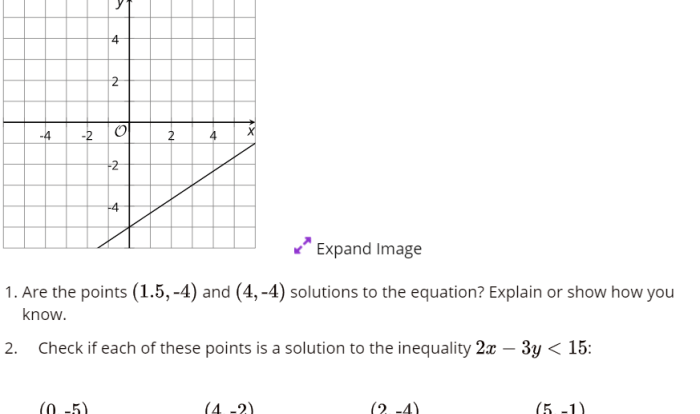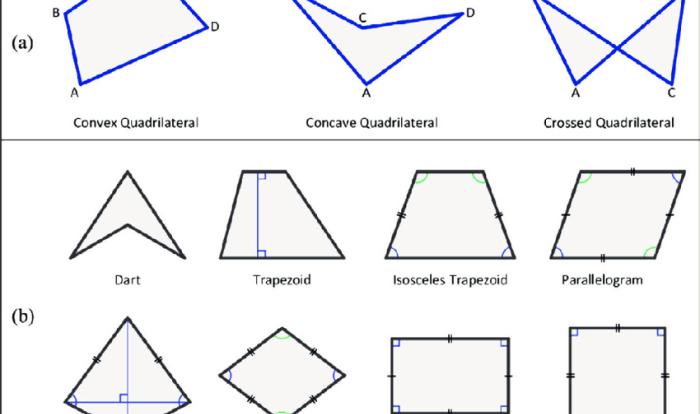When it comes to rounding numbers, round 198 to the nearest ten is a fundamental concept that finds widespread application in various mathematical operations and real-world scenarios. This comprehensive guide will delve into the intricacies of rounding 198 to the nearest ten, providing clear explanations, engaging examples, and practical insights.
The concept of rounding numbers to the nearest ten revolves around identifying the digit in the tens place and adjusting the ones digit accordingly. Understanding this principle is crucial for accurately rounding numbers, and we will explore this in detail as we progress through this guide.
Nearest Ten Rule
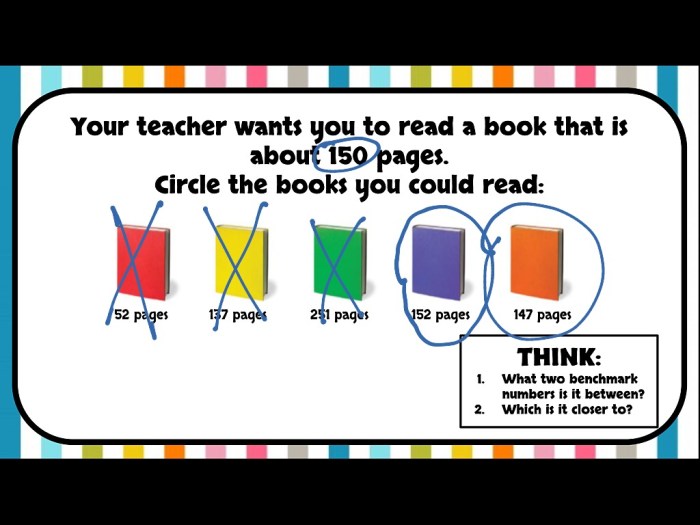
The Nearest Ten Rule is a method for rounding numbers to the nearest multiple of ten. It involves examining the digit in the tens place of the number and making a decision based on its value.
When rounding a number to the nearest ten, we look at the digit in the tens place. If the digit is 5 or greater, we round up to the next ten. If the digit is less than 5, we round down to the previous ten.
Rounding Examples
- Round 23 to the nearest ten: Since 3 is less than 5, we round down to 20.
- Round 56 to the nearest ten: Since 6 is greater than 5, we round up to 60.
- Round 145 to the nearest ten: Since 4 is less than 5, we round down to 140.
The Nearest Ten Rule is a useful tool for estimating and simplifying calculations. It allows us to quickly approximate values without losing significant accuracy.
Rounding 198 to the Nearest Ten
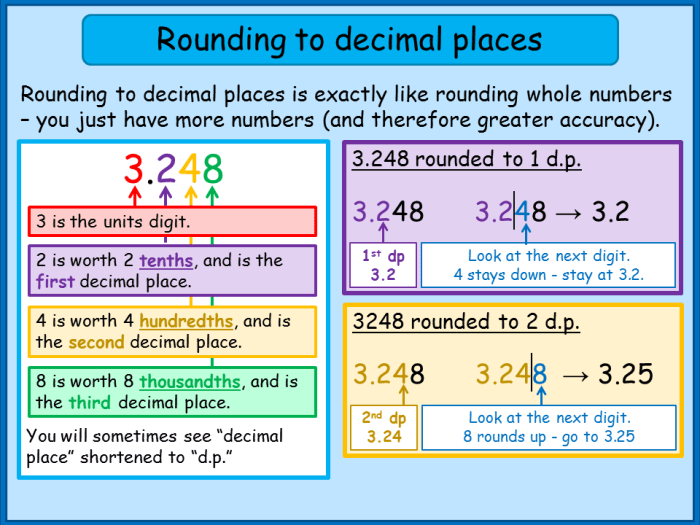
The Nearest Ten Rule is a straightforward method for rounding numbers to the nearest multiple of ten. Let’s apply this rule to the specific number 198.
Determining the Nearest Ten
To determine the nearest ten for 198, we need to examine the digit in the tens place, which is 9. According to the Nearest Ten Rule, if the digit in the tens place is 5 or greater, we round up to the next ten.
If it is less than 5, we round down to the previous ten.
Calculation Process, Round 198 to the nearest ten
Since 9 is greater than 5, we round up 198 to the next ten. The nearest ten greater than 198 is 200.
Contextual Examples

Rounding numbers to the nearest ten is a common practice in various real-world scenarios, where exact values are not crucial or precise measurements are not feasible.
By simplifying calculations and providing approximations, rounding can enhance efficiency and make data interpretation more manageable.
Approximating Measurements
- Estimating the length of a room by rounding to the nearest ten centimeters, instead of using precise measurements in millimeters.
- Approximating the weight of a package by rounding to the nearest ten kilograms, rather than using a scale that measures in grams.
Simplifying Calculations
- Calculating the approximate cost of groceries by rounding item prices to the nearest ten cents, making it easier to estimate the total.
- Estimating the number of people attending an event by rounding the count to the nearest ten, simplifying crowd management and resource allocation.
Impact on Accuracy and Precision
Rounding to the nearest ten introduces some level of approximation, which can affect accuracy and precision.
Round 198 to the nearest ten, that’s 200, is a good starting point to learn about shotguns. If you’re curious about how they’re fired, check out the NRA’s guide . It’ll give you the lowdown on everything from loading to aiming.
While rounding may provide a simplified estimate, it may not be suitable for situations requiring high precision. For instance, in scientific calculations or engineering measurements, precise values are crucial, and rounding could lead to significant errors.
Mathematical Applications
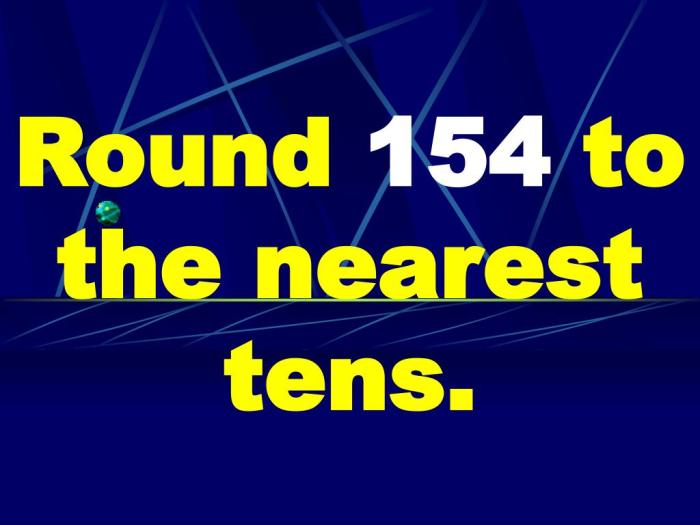
Rounding numbers is a common practice in mathematics, and it can be particularly useful when dealing with large or complex calculations. Rounding 198 to the nearest ten, for example, can simplify calculations and make them more manageable.
One of the most common uses of rounding in mathematics is to estimate or approximate results. For example, if we want to estimate the sum of 198 and 202, we can round both numbers to the nearest ten, which gives us 200 and 200. The sum of these rounded numbers, 400, is a close approximation of the actual sum, which is 400.
Rounding can also be used to simplify calculations involving multiplication and division. For example, if we want to multiply 198 by 10, we can round 198 to the nearest ten, which gives us 200. Multiplying 200 by 10 is much easier than multiplying 198 by 10, and the result, 2000, is a close approximation of the actual product, which is 1980.
It is important to note that rounding can sometimes introduce errors into calculations. For example, if we want to divide 198 by 10, we can round 198 to the nearest ten, which gives us 200. Dividing 200 by 10 gives us 20, which is slightly different from the actual quotient, which is 19.8.
Overall, rounding 198 to the nearest ten can be a useful tool for simplifying calculations and estimating or approximating results. However, it is important to be aware of the potential errors that can be introduced by rounding.
FAQ Overview: Round 198 To The Nearest Ten
Why is it important to round numbers to the nearest ten?
Rounding numbers to the nearest ten helps simplify calculations, provides approximations, and enhances the readability and interpretability of numerical data.
What is the significance of the digit in the tens place when rounding?
The digit in the tens place determines whether the ones digit should be rounded up or down. If the tens digit is 5 or greater, the ones digit is rounded up; otherwise, it is rounded down.
Can rounding affect the accuracy of calculations?
Yes, rounding can introduce some degree of error into calculations. However, the impact on accuracy depends on the specific application and the magnitude of the numbers being rounded.

